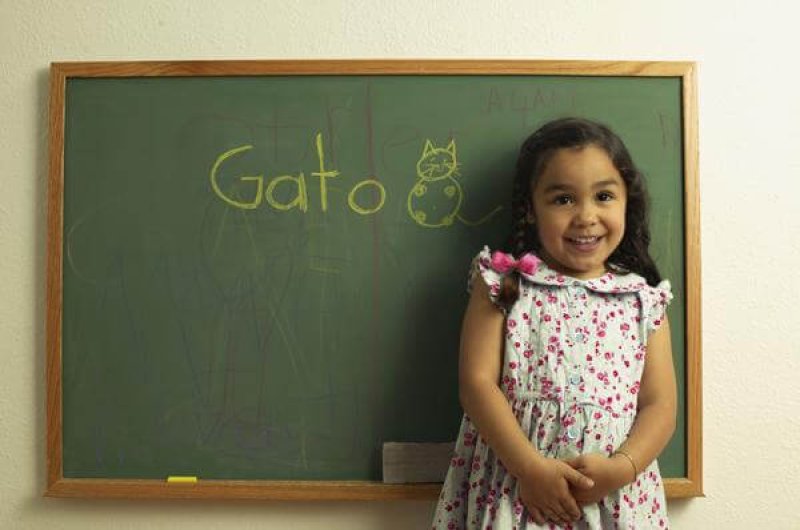Previous brain scanning research and the clinical findings of language loss in patients who suffered a left hemisphere stroke have shown that, in almost all adults, sentence processing is possible only in the left hemisphere.
However, this pattern is not established in young children, according to a team led by Elissa L Newport, from Georgetown University, US. Brain networks that localise specific tasks to one hemisphere start during childhood but are not complete until a child is about 10 or 11.
Scientists have suspected as much, Newport says, but traditional scanning has not revealed the details.
…
[The researchers] performed a whole-brain analysis across all participants to identify brain areas in which language activation was correlated with age.The findings show that at the group level even young children showed left-lateralised language activation, they say, but a large proportion of the youngest children also showed significant activation in the corresponding right-hemisphere areas.
In adults, the corresponding area in the right hemisphere is activated in different tasks, such as, processing emotions expressed with the voice. In young children, both hemispheres are engaged in comprehending the meaning of sentences and recognising the emotional affect.
“Our findings suggest that the normal involvement of the right hemisphere in language processing during very early childhood may permit the maintenance and enhancement of right hemisphere development if the left hemisphere is injured,” [Newport] says.































